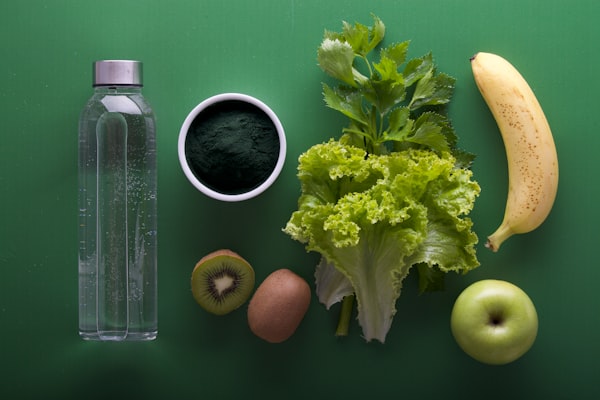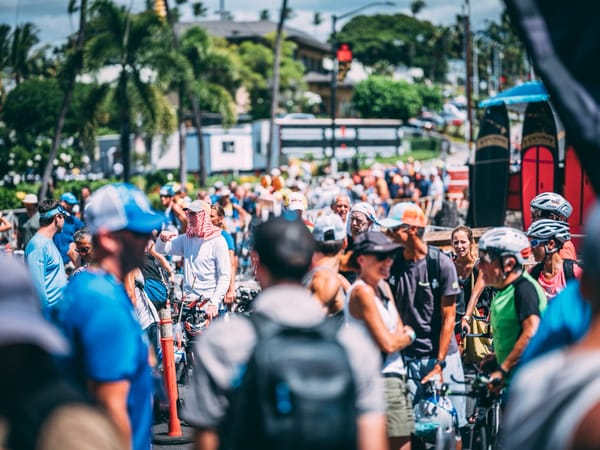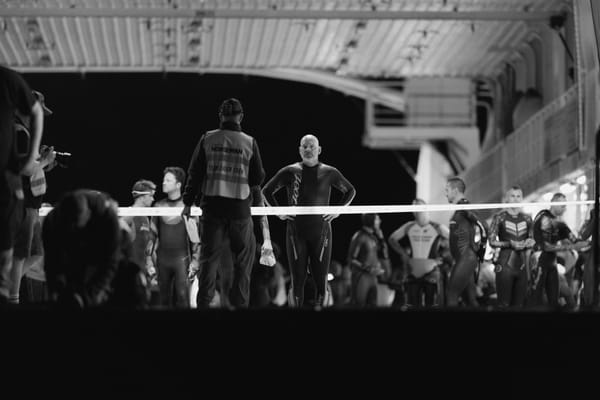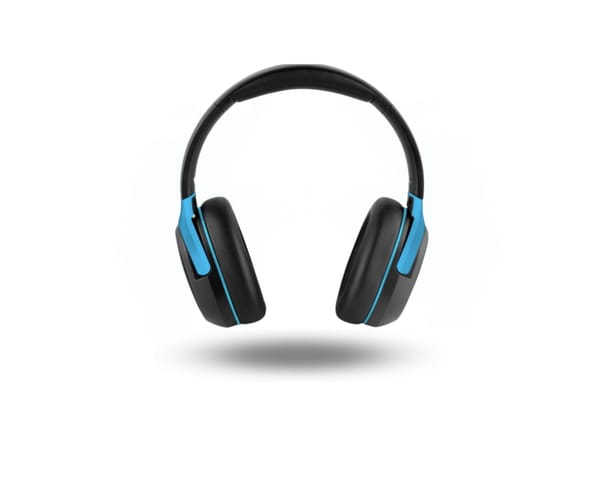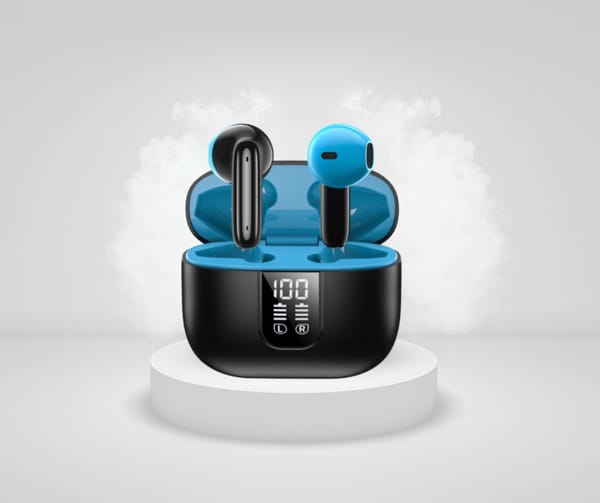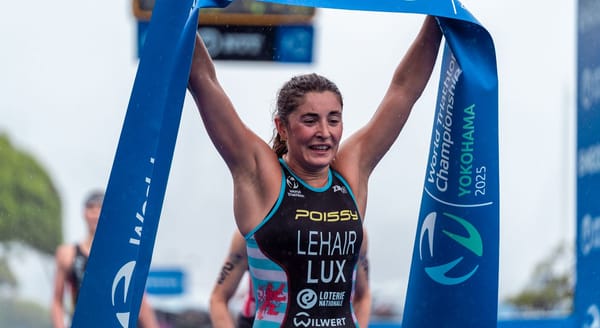A recent article by Paul Laursen alluded to the dangers of drinking too much during an iron distance triathlon.
Hyponatremia is a serious medical condition and every endurance athlete should be aware of it. While reading this article it is pertinent to ask the question. Who is this article targeted at? The article specifically mentions ‘slower athletes’. Why are ‘slower athletes’ more susceptible to this medical condition? Is it because they follow a similar hydration strategy to athletes who are not on the course for near as long?
We had a lot of correspondence from some serious players in the sport of triathlon on it. One of the main areas of interest was about taking extra sodium while racing.
Last year at Kona Crowie was very specific about the role a lack of salt played in his race. We also learned just how long Alexander had to deal with cramps on the course that day “it turns out the last four miles of the run was a struggle.
“There’s always a part when you start cramping,” he said. “I ran out of salt tablets. I felt good in special needs so I didn’t take my special needs bag. At 22 miles I was feeling them in my hamstrings and calves. I was just going to run up to the top of Mark and Dave hill. I figured the uphill running would help. Got to the top and had a stop and stretch. I had a six-minute lead and heard that Pete had walked through a few aid stations, so I thought I would be OK. If Paula can stop along Alii drive, though, anyone can.”
We have pulled together some questions from all the correspondence sent to us so that we can continue this conversation about race nutrition. What we would like to see is feedback and discussion on this topic. 98% of our readership are age groupers who are thirsty for the facts.
What if I am a faster athlete?
Wouldn’t nutrition strategies differ depending on the time you plan to be on course? We all know you need to have one & getting the balance right is important…. and effective hydration is critical. What you consume wouldn’t differ too much, but the rate and amount would differ markedly between an athlete competing for 8 hours and an athlete competing for 17 hours and everywhere in between.
The question needs to be asked to those who don’t consider themselves as ‘slower athletes’. Should you really ignore sodium?
Should slower athletes ignore sodium for that matter?
Do we need a published study on the benefits of sodium supplementation in respect to hydration? Isn’t it basic human physiology?
If you are admitted to hospital with dehydration, from fluid loss and an electrolyte imbalance, you are placed on a saline drip. A typical solution is a 1litre bag with 6200mg sodium chloride, 3200mg sodium caltrate, 420mg potassium chloride and 270mg calcium chloride. This type of solution is what every single hospital on the planet will use to assist in the recovery of dehydration.
Why do hospitals place such an emphasis on the importance of sodium replacement when treating dehydration?
Wouldn’t it then make sense to have some sodium in your drinks, in an attempt to minimise your losses, given the emphasis hospitals clearly place on its importance?
Hydration
It is well documented that 75% of your nutrition during an Ironman is consumed on the bike. The less time you are on the bike, the less time you have to consume fluid and calories in preparation for the marathon. The faster you go, the higher the output. If the output is higher, naturally, energy expenditure and fluid loss will be greater.
For a lot of athletes competing in an Ironman it is unlikely that they will ever replace the amount of sweat loss occurring. As mentioned in the article the faster athletes typically lose more weight.
It makes sense when you compare the surface area of your skin (the largest organ of the body) to the size of your gut, it highlights the challenge you face getting even close to your sweat losses. Every single pore is flooding the skin for thermoregulation. The gut cannot keep up. It is simply a matter of volume.
We all know that sweating and the resulting evaporation of that sweat is the body’s natural cooling mechanism and defense for maintaining a safe core temperature. Given triathlon is predominantly a summer sport it is fair to say that most races are in warm to hot conditions. These types of environmental conditions naturally point toward a high level of sweat loss.
Don’t studies clearly show that as the percentage of fluid loss increases power output decreases?
Of the electrolytes we lose in sweat isn’t sodium the most abundant? If it isn’t why do hospitals replace so much of it when treating dehydration?
Isn’t sodium the only electrolyte that is extracellular (present in the bloodstream)?
Isn’t it sodium’s role to assist in the delivery of carbohydrate, oxygen and nutrients to the brain and active muscles?
As the sodium concentration in the bloodstream drops wouldn’t this effect the delivery of carbohydrate, oxygen and nutrients to the brain and active muscles?
Wouldn’t this effect how efficiently our muscles were receiving the very ingredients they require to function optimally?
Every body has a different sodium concentration in their sweat. It can range from around 800mg to 1800mg of sodium per litre of sweat. Some athletes have recorded as much as 2200mg per litre of sweat.
If you are caked in sodium during training and racing wouldn’t this mean you simply have a higher sodium concentration in your sweat?
Wouldn’t this be the reason why some athletes are more susceptible to cramping than others?
Wouldn’t the advice be to increase the amount of sodium in your fluid in an attempt to minimise the percentage of loss?
If you eat a lot of processed/refined foods and not do very much exercise it is fair to say that you are getting more than enough sodium in your diet.
What if I eat well and limit packaged foods? A healthy diet is generally quite low in sodium.
What about the accumulative loss of sodium from sweat due to my regular training efforts? Based on the sodium concentrations in sweat this would add up to a significant loss.
I have checked my sodium requirements per day for normal body function. For a healthy adult I need 2000mg per day. That adds up to 14,000mg per week. That doesn’t include what I need to replace due to sweat loss.
Am I really getting enough sodium in my diet?
Those athletes with a high sodium concentration in their sweat would find it very difficult to replace what they require. Wouldn’t they?
Hyponatremia is a medical condition also known as water intoxication. This medical condition occurs when sodium concentration in the blood gets too low.
Our body’s sophisticated; inbuilt mechanisms are mentioned in the article.
Why aren’t these sophisticated, inbuilt mechanisms warning us of hyponatremia and that our sodium levels have dropped so low that we may well die from it? Why are people still admitted to hospital suffering dehydration?
On the 2-part glucose 1-part fructose formula also mentioned in the article. There is some good research in regard to this. But aren’t these studies performed at low intensity? What percentage of athletes race at low intensity? What if I race at a solid or high intensity?
From a practical stand point. Energy gels are naturally sweet. Fructose is two and half times sweeter than glucose. Why would you add fructose to an energy gel and make it even sweeter. With the importance of carbohydrate intake during activity wouldn’t this sickly sweet formula discourage consumption during endurance events?
Surely a single source carbohydrate would work better at a solid to high intensity. Wouldn’t it?




